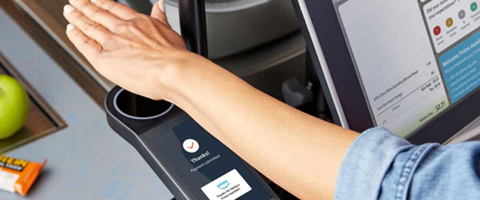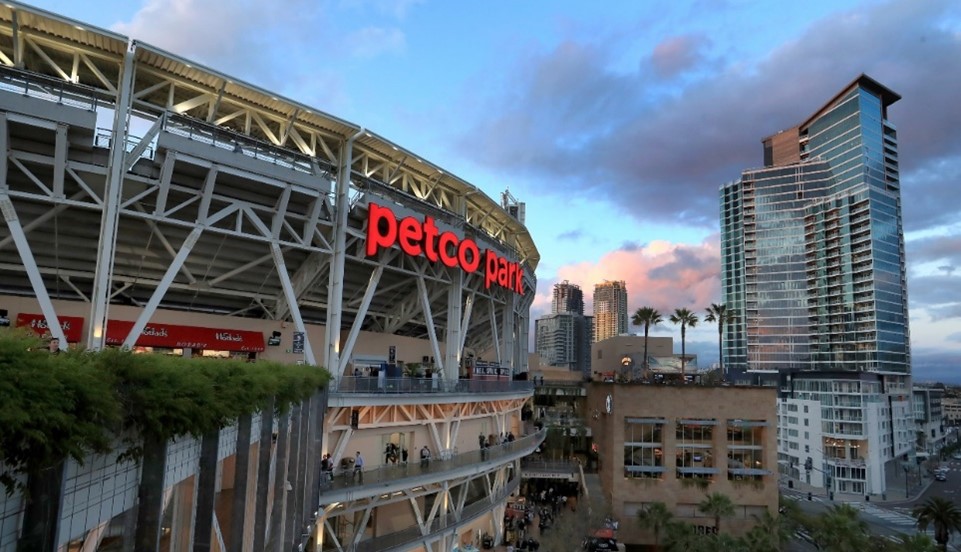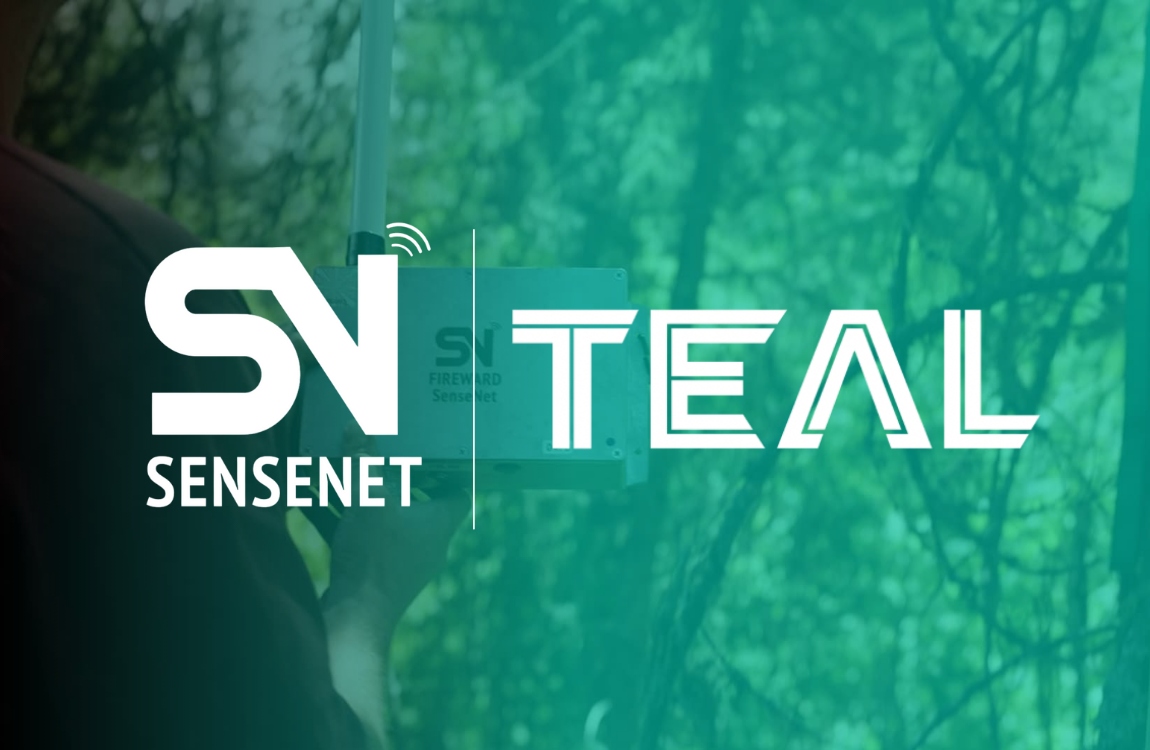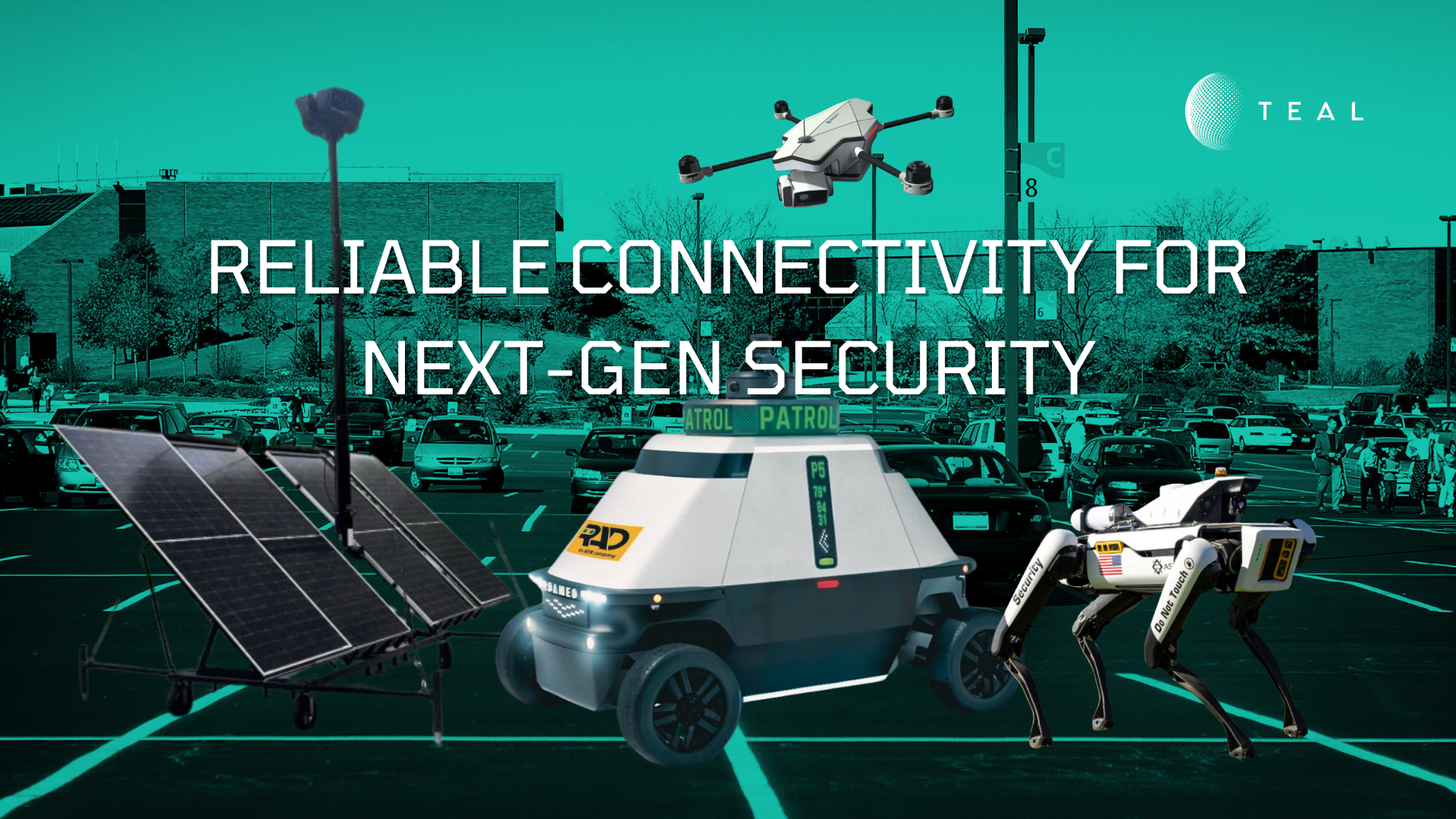The Importance of Private 5G Networks in Stadiums and Venues

Advancements in technology are dramatically changing the live fan experience in stadiums and venues, as technology is making events more convenient, personalized, and engaging for fans worldwide. Over the past decade, more and more people have been interacting and utilizing technology as a critical part of their game day or concert experience. When it comes to sporting events and concerts, network connectivity has historically hindered the use of technology, but issues with connectivity in stadiums is fast becoming a thing of the past.
Today, fans want and expect the same quality of network performance in a venue or stadium that they experience from their living room couch. Fans want to stay always connected during events, whether that means watching replays on their phones, sharing on social media, calling friends and family, interacting with their sports team digitally, streaming video content, or purchasing food and drinks directly from their mobile devices.
These expectations result in high demand for secure and reliable network connectivity throughout venues and stadiums that was previously out of reach. Just like the continued growth of smart buildings, smart homes, and smart cars, it’s no surprise that “smart stadiums” will play a major role in smart cities around the world.
What is a “smart stadium”?
Smart stadiums provide fans and staff with enhanced real-time information around the stadium (i.e., parking availability, bathroom and concession lines, seat upgrades, special offers, etc.) to deliver a better and more personalized experience to fans, improving physical security within the venue while enabling new services that benefit both fans and venue operators.

In Seattle, Amazon’s Climate Pledge Arena is known for two things: being a net-zero climate-focused venue and being tech-forward. As an example, concessions at Climate Pledge Arena utilize scanning technology that allows customers to shop and pay for their items without the hindrance of a checkout line. When an item is removed from a shelf, it sets off a sensor. Fans then go to a checkout area at the front of the store to have their palmprint scanned. This palmprint has a credit card attached to it, as users will have pre-registered this information into the system. Stores utilizing this technology include Starbucks, Lil’ Woody’s Burgers, Big Chicken, and 14 Islands from Saint Michelle. This type of technology reduces waste, improves wait times, and streamlines the shopping experience.
Traditionally, stadiums have relied on a mix of ethernet, public cellular networks, and WiFi for connectivity in stadiums. However, public cellular networks are typically bandwidth constrained due to the high density of devices within a small geography. Lower latency and higher bandwidth 5G networks alleviate some of these challenges but cannot be solely relied on for a wide range of consumer, vendor, and enterprise use cases. Ethernet has limitations in supporting mobile use cases, and WiFi lacks the hardened security required for sensitive information like credit card transactions and mobile payments.
While ethernet, WiFi, and cellular technologies will continue to play a vital role in connecting smart stadiums, venues everywhere are also looking at private 5G networks to connect thousands of IoT devices throughout stadiums – bridging the gap by offering 5G speeds and enhanced security with mobile capabilities.
Connecting America’s Number One Ballpark with Private Networks

Stadiums around the world are beginning to recognize the benefits of private 5G networks to drive revenue, streamline operations, and provide an optimal fan experience.
Petco Park, home to the San Diego Padres, recently teamed up with, Boingo Wireless, to design, install, and manage a 5G-ready private cellular network to reliably power mobile applications and make the fan experience more convenient.
With a stadium that hosts over 40,000 fans, delivering secure, reliable, and seamless connectivity is not an easy task, but it’s where Boingo comes into play.
As highlighted in Boingo’s recent case study, “Boingo provides closed, dedicated bandwidth to run operational traffic separate from public Wi-Fi and cellular networks, in which it connects more devices, reduces congestion, and eliminates outages.” The solution features built-in layers of security ideal for sensitive data transfer, such as mobile payments, and offers fast, low latency coverage.
Boingo implemented the new private cellular network in less than one month, connecting staff iPads and POS devices that handle mobile food, beverage, and merchandise transactions. Since its launch, Petco Park has generated more sales from concessions and merchandise by making the mobile payment process completely frictionless, handling customer transactions faster and increasing the volume of goods sold.
So, how is Boingo able to provide Petco Park with these private network capabilities?
eSIM Technology Enables Access to Private 5G Networks
Boingo Wireless partnered with Teal to utilize its consumer eSIM for Private Networks. Teal’s patented SM-DP+ technology is the first solution to market offering a Network-Identity-as-a-Service (CaaS) model, empowering network operators like Boingo to unlock the full value of digital credentialing on eSIM-enabled devices, including smartphones, wearables, laptops, and tablets.
To learn more about how Teal powers consumers and businesses to access public and private 5G networks, please visit tealcom.io.
Check out this episode of IoT Connect and hear from the Chief Commercial Office from Boingo Wireless on how they are leveraging eSIM technology from TEAL.
Recent Posts
SenseNet Partners With TEAL to Expand AI-Powered Wildfire and Gas Leak Detection Globally
Teal Communications Staff2025-11-12T17:24:11+00:00
How Reliable Connectivity Powers Next-Gen Security Surveillance
Teal Communications Staff2025-11-06T20:31:43+00:00
ISC East Preview: The Future of Connected Security
Teal Communications Staff2025-11-04T19:23:15+00:00




